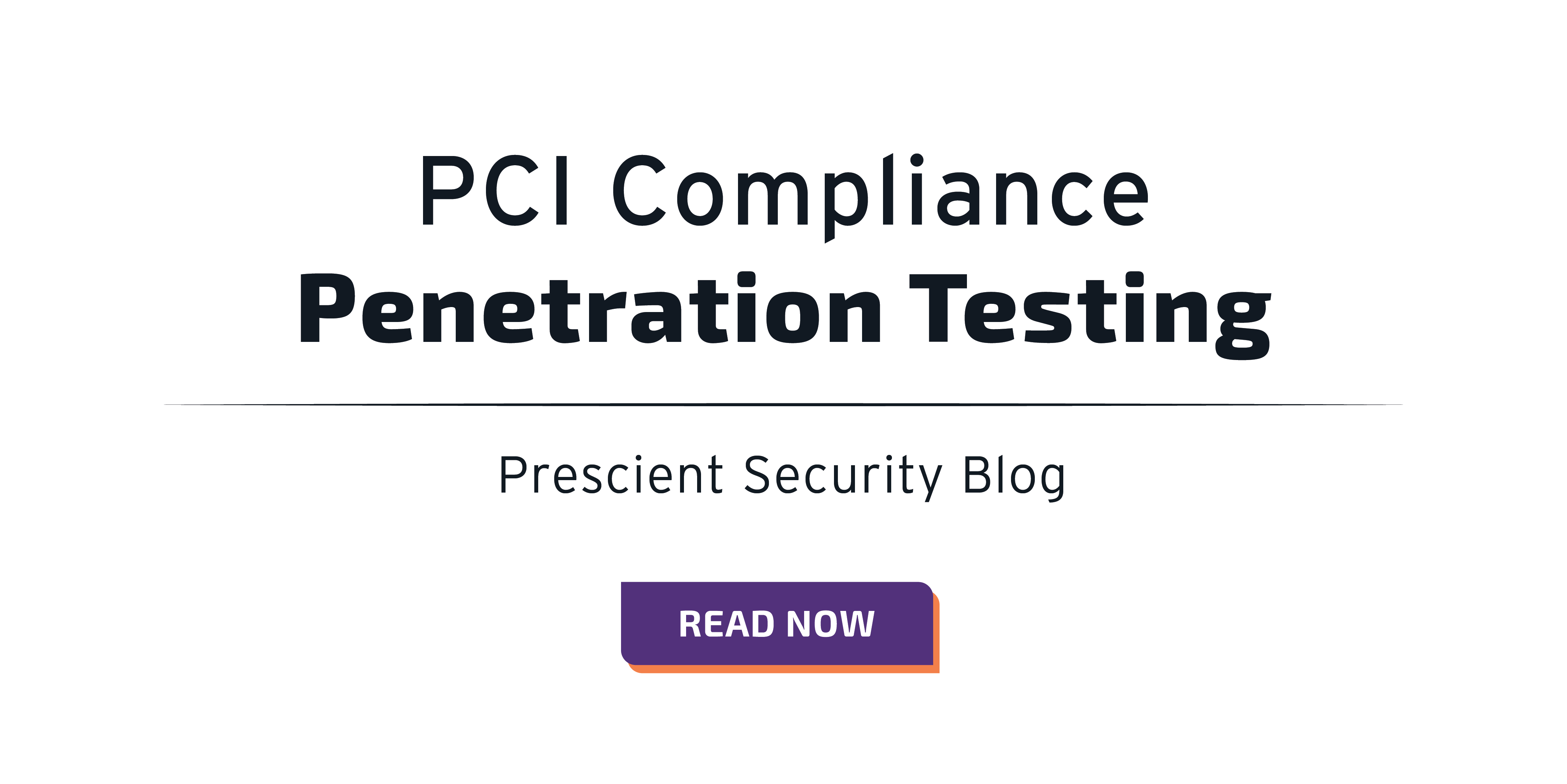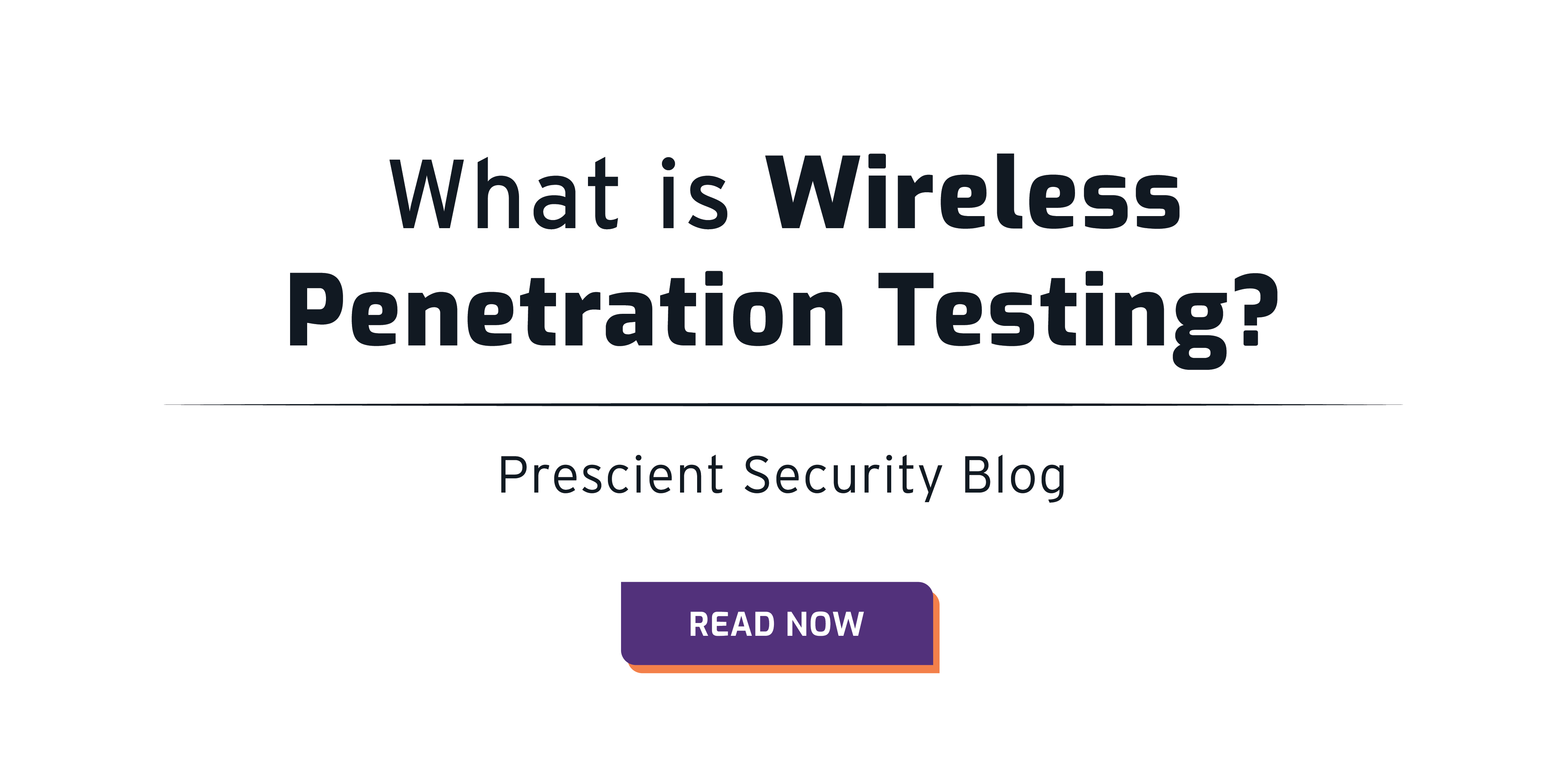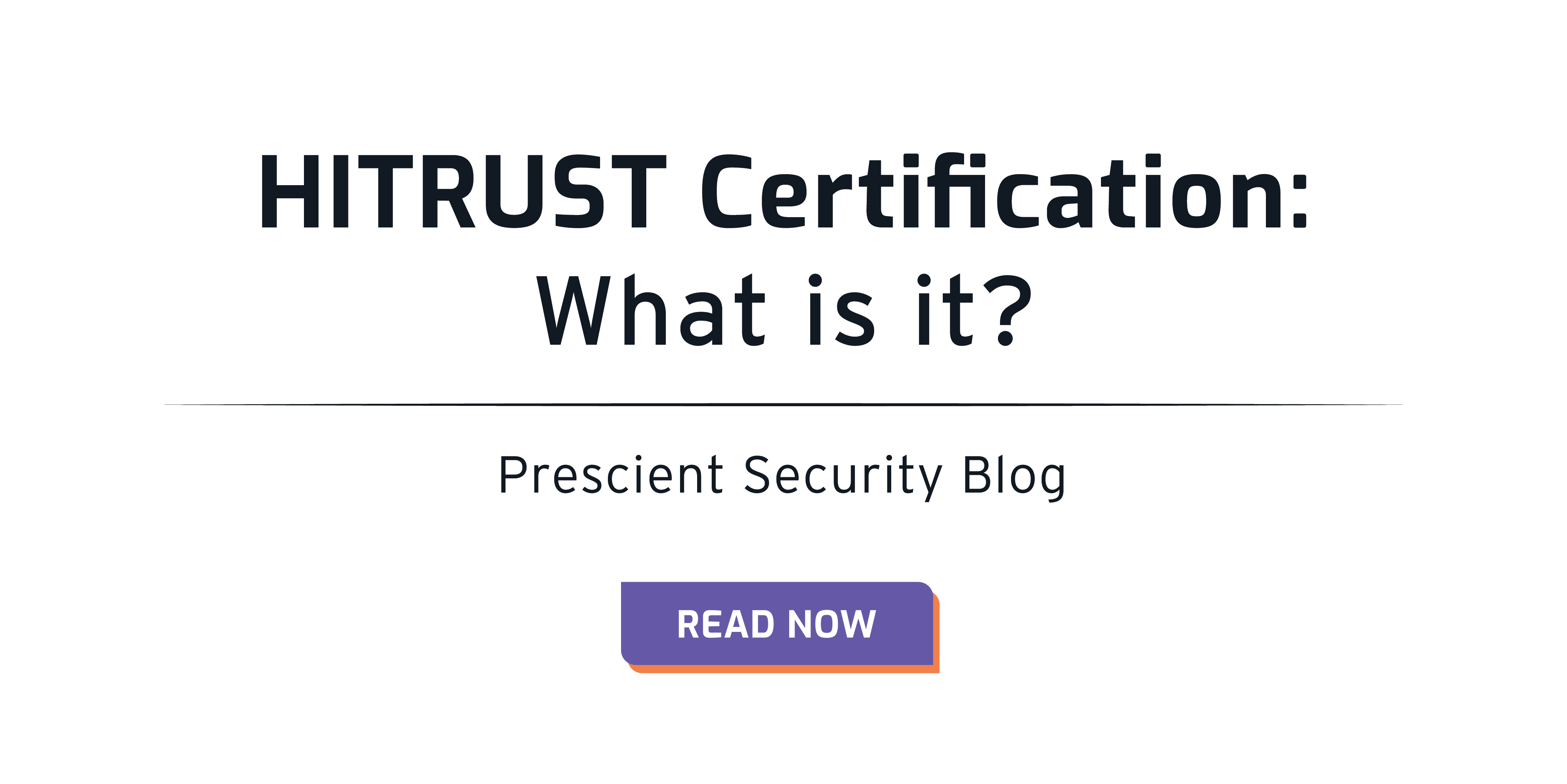What is Cybersecurity Posture?
 Gabriela Silk
·
4 minute read
Gabriela Silk
·
4 minute read
An organization's overall level of preparedness and ability to prevent, detect, and respond to cyber threats, cybersecurity posture encompasses the security strategies, policies, technologies, and practices that protect an organization's systems, networks, and data from cyberattacks. It's vital that organizations maintain a strong cybersecurity posture as vulnerabilities have proven to continuously evolve and increase.
With the depth of conversation surrounding keeping IT systems safe from cybersecurity incidents, organizations are often advised to improve their cybersecurity posture. But what does that actually mean? And where do you start? This article will answer all those questions and more.
Contents
- What is Cybersecurity Posture?
- Main Elements
- Conducting a Security Posture Assessment
- The Importance of a Strong Security Posture
- Strengthening your Security Posture
- Strengthening Your Cybersecurity Posture with Prescient Security
What is Cybersecurity Posture?
Cybersecurity posture refers to an organization’s overall security status and how ready it is to detect, identify, respond to, and recover from cybersecurity threats.
When professionals discuss cybersecurity posture, they’re usually including all of an organization’s systems, networks, applications, and infrastructure. It’s a way to view cybersecurity protection as an interconnected whole, rather than disparate parts. The intention of this is that organizations address their total strength status and build robust protections across all cyber elements.
Main Elements
Because the concept of cybersecurity posture takes a broad look at things, it tends to encompass multiple elements, such as:
- Attack Surface Visibility: In other words, how well an organization can identify potential entry points in its systems. This visibility is what forms the foundation of risk assessments and security protocols.
- Risk Management: Not just where risks might potentially take hold, but what they encompass and how they’re being protected against. Proactive risk management does for cyber posture what core exercises do for our spine – they address weaker areas and strengthen them before they cause total collapse.
- Incident Response Plan: How organizations respond to security incidents often defines the severity of their impact. Plans should include clear procedures on how to minimize damage, recover losses, inform relevant parties, and improve systems so that they’re not left vulnerable again.
- Compliance and Governance: Posture isn’t only about function. It’s also about form, or appearance. Where an organization lands in terms of compliance and government regulations indicates how well their security measures appear when compared against trusted standards. It provides a framework from which to assess security status and potential risk factors not just with regard to attacks, but also reputation and legal standing.
- Security Architecture and Tooling: Cybersecurity posture will always include a look at the design of security systems and the tools that they consist of. The quality of both aspects hugely shapes the efficacy and quality of security measures.
- Security Processes and Procedures: What procedures are in place to manage cybersecurity? This usually includes testing efforts, maintenance checks, and scans.
- Employee Training and Awareness: Social risks are a big factor in cybersecurity, and employee training on these matters is a vital part of building better posture. It’s what ensures that people follow protocols, know how to use important tools, and avoid behavior that might inadvertently put systems at risk.
Conducting a Security Posture Assessment
The best way to determine how well an organization is faring with the above is by conducting a security posture assessment. These evaluations should include:
- Mapping assets that could be targeted in a cyber-attack. Everything from software, hardware, networks, data, and total infrastructure, needs to be covered.
- Identifying potential weaknesses in those assets. This is when penetration tests and vulnerability scans are often deployed.
- A thorough threat analysis that dives into both generic threats as well as the ones that may be more specific to an organization, its history, or the industry it’s in.
- Performing a risk assessment that evaluates and ranks the impact of potential threats according to severity. This information then needs to be fed into risk response plans and remediation efforts.
- Creating an actionable report that not only communicates all findings and provides a final ranking of sorts on the organization’s cybersecurity posture but also offers a guide on how to improve it. Those suggestions need to be practical and clear to ensure that the assessment leads to tangible benefits.
All the aspects mentioned, however, can change. The risks an organization may face today can differ widely from what they face in a year. That’s why cybersecurity posture isn’t something that remains set and certain. It needs to be checked and tended to regularly. Doing so allows organizations to stay ahead of anything that could threaten their security posture.
The Importance of a Strong Security Posture
Assessing and improving security posture is a demanding task, but it comes with major benefits such as:
- Protection against cyber-attacks. A weak security posture can in itself make organizations a target for attacks, while a strong one helps ward off hackers and ensures safety for employees and customers alike.
- Adaptability to future attacks. Having a strong cybersecurity posture gives organizations a great position from which to improve and build upon as they adapt to changing threats.
- An effective incident response and recovery that is able to contain the impact of any attacks is one of the best defenses organizations can have against attacks. A strong security posture puts this right at the core of things and, in turn, builds a proactive risk strategy.
- Cost savings in a data breach. Cyber threats have become commonplace, but the damage they wreak isn’t. A single data breach can cost an organization hugely in terms of legal costs and reputational losses. Investing in a strong security posture keeps many of those risks at bay.
Strengthening your Security Posture
With a few key interventions, organizations can strengthen their security posture and keep threats away. Here’s how:
- Start with policies, procedures, and controls because without these factors in place, it’s almost impossible to make effective improvements. It’s these systems that will support and enact recommendations from assessments and check that they’re operating properly.
- Taking the time to update employee training and awareness is one of the best ways to level up security status. It’s so easy to view cybersecurity as a purely cyber issue, but security measures only work as well as the people running and interacting with them.
- Technology in terms of automated vulnerability scans, and stronger firewalls. Staying on top of potential threats means making sure that security technology is up to date with those threats.
- Compliance with cybersecurity standards can give an organization’s security posture a much-needed boost as it provides an added layer of trust and legitimacy to security measures. The requirements involved also help guide organizations on how to go about improving their controls and systems.
Strengthening Your Cybersecurity Posture with Prescient Security
We offer a variety of services at Prescient Security that can be used to strengthen your cybersecurity posture. Whether it’s a penetration test or compliance assistance that you’re looking for, we’re here to help. We can also assess your overall security status and advise your organization on the journey to better posture. Everything we do is centered on improving cybersecurity measures in a way that suits individual organizations and their goals.
Click here to learn how your organization can maximize its security posture and stay ahead of threats.



